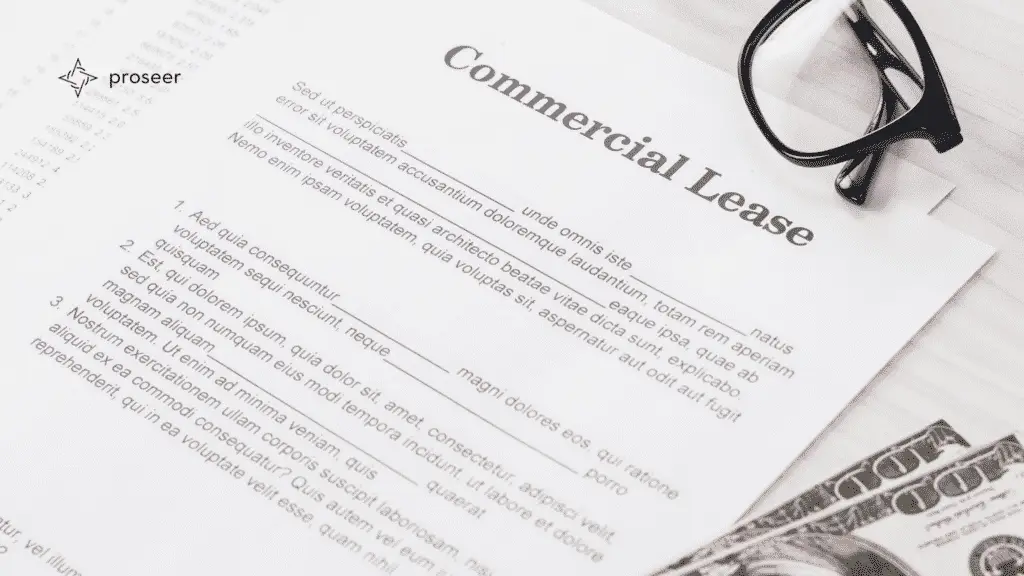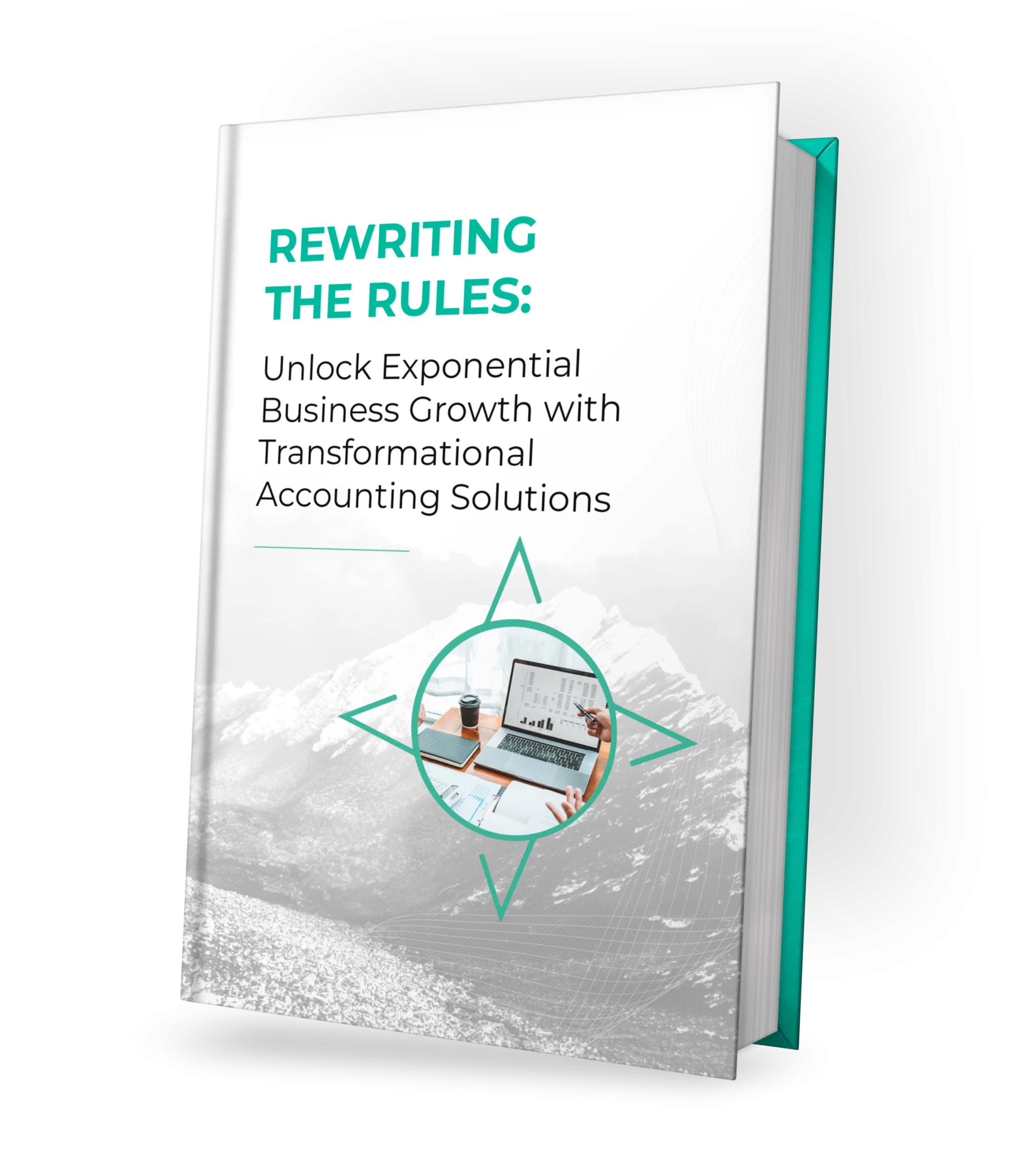New Lease Accounting Standards ASC 842 – Are You Prepared?
After much discussion and several delays, a new lease accounting standard (known as ASC 842) took effect beginning in 2022 for private companies presenting GAAP-compliant financials. It affects large numbers of businesses, large and small alike, and has sweeping implications for accounting – plus consequences for getting it wrong. At a high level we outline everything you should know in this article.
What is the New Lease Accounting Standard?
ASC 842 changes the procedures by which a company manages, accounts for, and reports on leases for things like equipment, technology, office space, and real estate. Essentially, the new standard requires accountants to record on the balance sheet all right-of-use (ROU) assets and liabilities related to leases with terms longer than one year. Previously, many leases did not have to be recorded on the balance sheet.
The organization behind this new standard, the Financial Accounting Standards Board (FASB), instituted the new standard to improve the visibility and disclosure of a company’s leasing obligations. It gives investors, vendors, and regulators better insights into a company’s risk exposure and financial strength, and acts as another tool to compare companies in similar industries.
How Do New Lease Accounting Standards Change the Balance Sheet?
Companies will account for capital leases (now called finance leases) in much the same way as before. The new lease accounting standards primarily impact operating leases, which must now be capitalized on the balance sheet in the same manner as finance leases – the leases will also need to be amortized by the difference between rent payments and interest expense for ROU assets. Adding payments and interest together provides the lease expense to be recorded on the profit and loss statement.
Why Follow New Lease Accounting Standards?
Any financial statement required to be presented using GAAP will need to abide by ASC 842. By presenting financial statements in a compliant manner, companies maintain the trust of the stakeholders who rely on the information to make decisions. Getting the accounting and presentation right up front can instill the confidence in the management team from outside parties.
How to Get New Lease Accounting Standards Right?
More than just adding information to the balance sheet, ASC 842 involves a drastically different approach to accounting. For existing companies, getting compliant often involves a top-down review of accounting practices followed by sweeping changes to policies, procedures, and the technology that handles them. For newer companies still getting their accounting function established, the new lease accounting standards should be an immediate priority because early accounting mistakes can grow into a financial crisis later.
Unfortunately, embracing ASC 842 has proved challenging for most companies whether large, small, new or old – that’s why the FASB extended the deadline multiple times. Understanding exactly how the new lease accounting standards affect accounting requirements is the first challenge. Following the required rules for every lease and each financial statement is the next challenge. The good news is there are many software solutions to help companies manage multiple leases and the related accounting presentation. Implementation can be a challenge but once implemented maintenance is easier than manual spreadsheets and journal entries.
If you are struggling to make sense of ASC 842, you’re not alone. Proseer can help you get compliant fast and stay compliant with minimal effort. Remember, the rules have already taken effect, so you may need to address this issue now. Start by contacting us.

